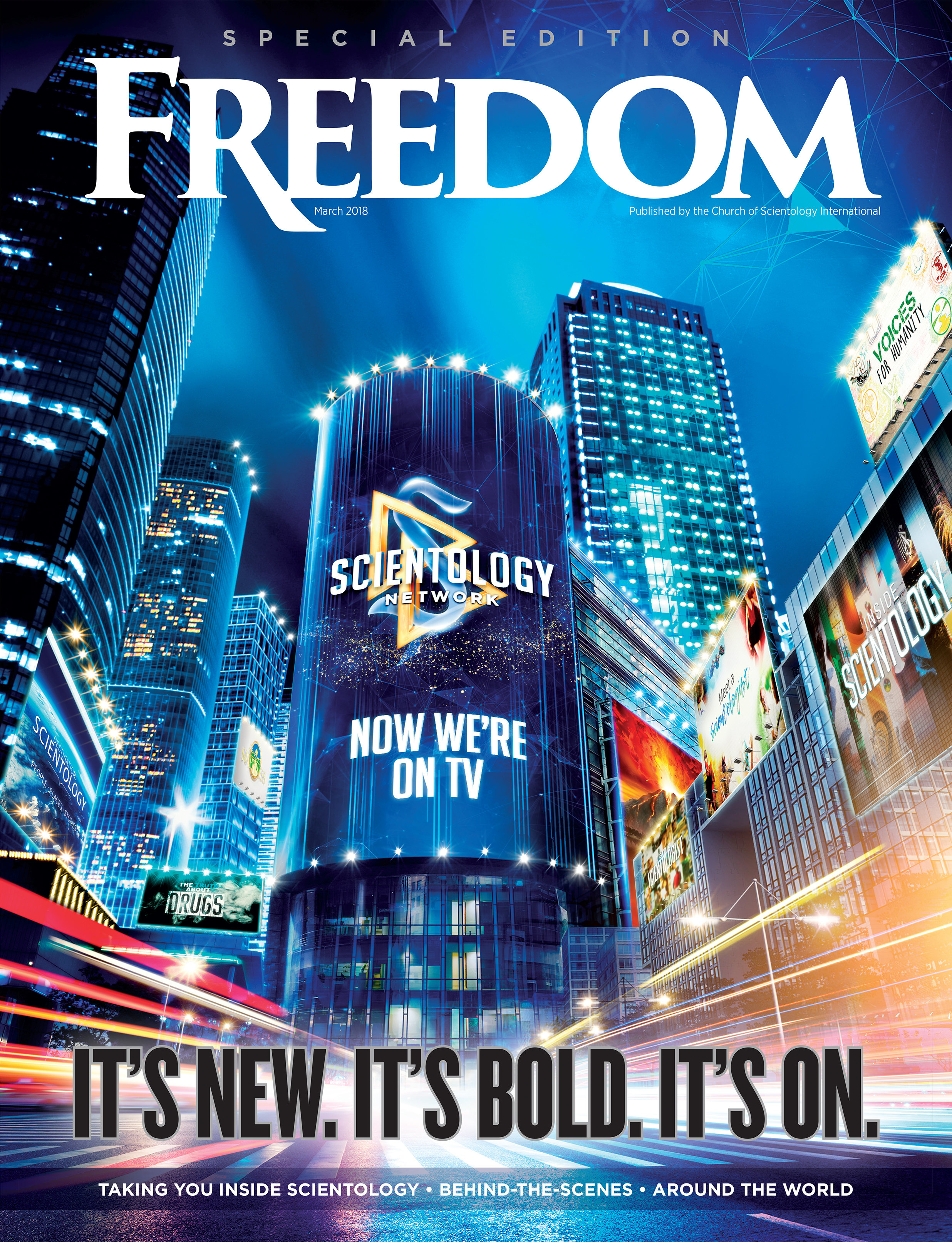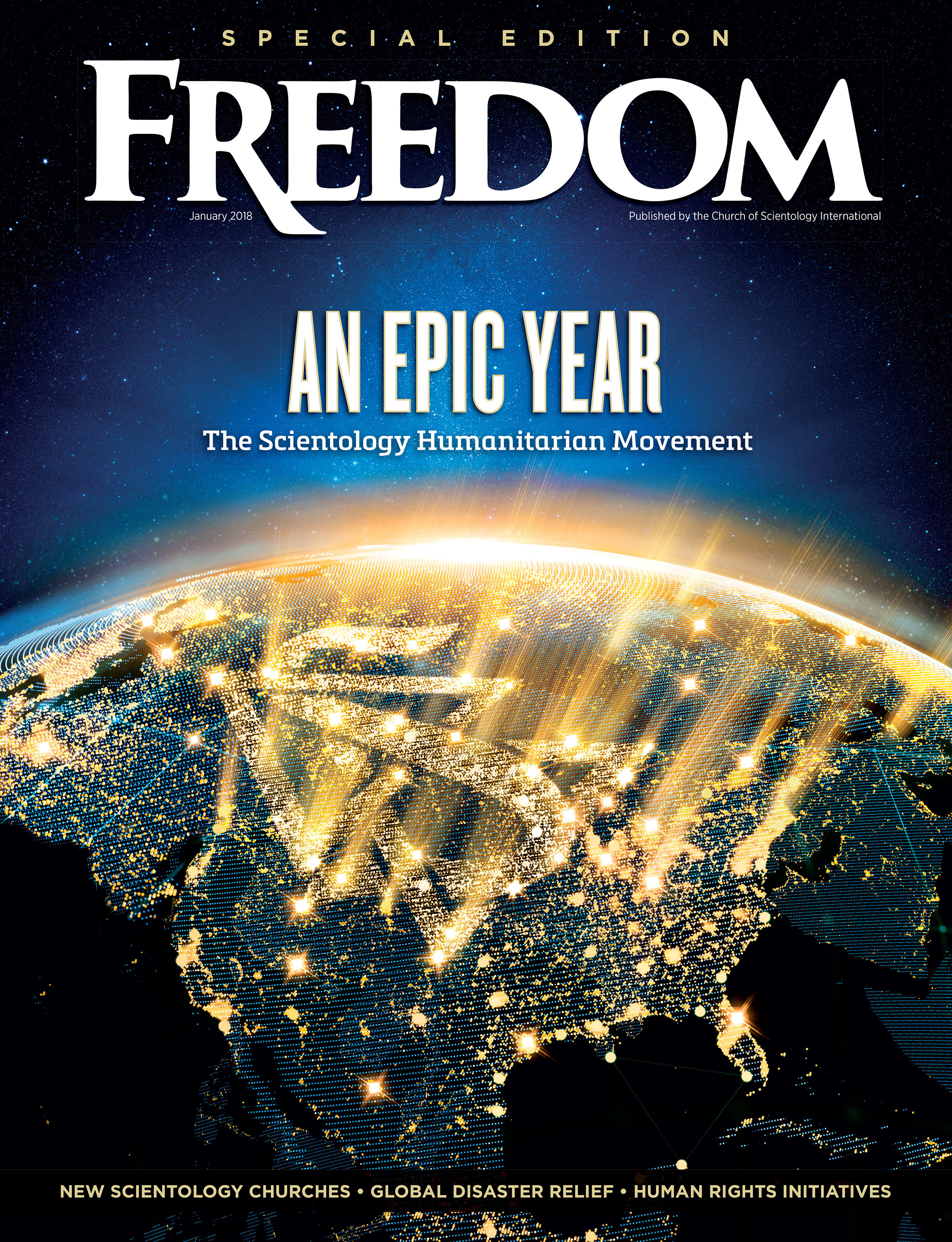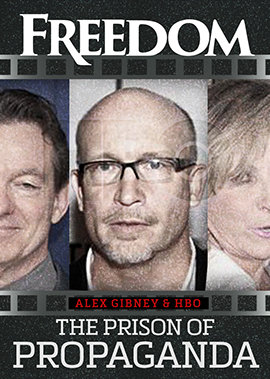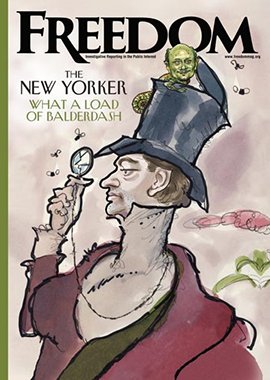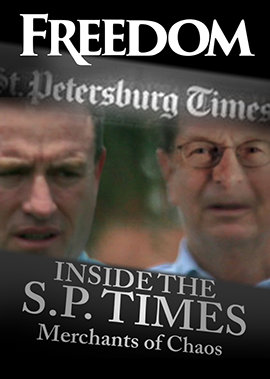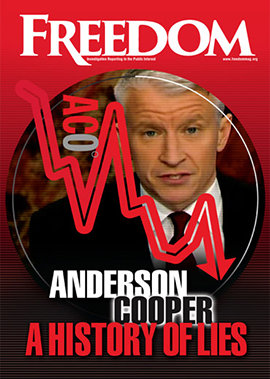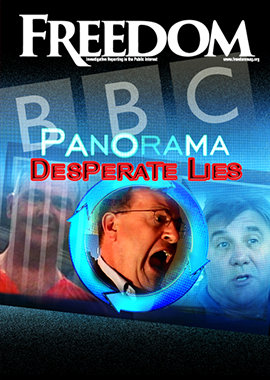The article in question, published July 9 under the byline of reporter Sam Mondros, purported to tell the story of a prominent YouTuber who also happens to be a longtime member and now executive within the local Church of Scientology.
In practical terms, the controversy isn’t about the Scientologist’s rise or even his religion—it’s about the way the Standard chose to tell the story. At its center is a discredited source, Tony Ortega, a man with a long and well-documented history of anti-Scientology bigotry, false reporting and ethically compromised behavior, to put it mildly. And behind the scenes is Mondros, a young “journalist” whose tactics and sourcing decisions have drawn formal rebuke from STAND League, the religion’s global anti-discrimination coalition, and serious questions from other journalists about what now qualifies as an acceptable reporting standard in digital newsrooms.
“Misrepresenting your purpose to elicit a quote is not reporting—it’s deception.”
The story begins not with the article’s publication, but weeks earlier, when Mondros first contacted the Church of Scientology under demonstrably false pretenses. In a June 16 email, he feigned “fascination” with the Church’s growth in San Francisco and claimed to be doing a story on this. He made no mention of the fact that, according to correspondence and subsequent reporting, his story was not about the Church’s expansion in San Francisco but the local Church executive he intended to target.

That misrepresentation alone would raise concerns in any reputable newsroom. But the ethical trouble compounds with Mondros’ choice of primary source: Tony Ortega.
Ortega is a former reporter turned full-time anti-Scientology hate blogger—jobless, unaffiliated and singularly obsessed. In fact, he hasn’t been employed by a publication in over a decade. He is best known as the disgraced former editor of The Village Voice and, more infamously, as a hired-gun defender of Backpage.com, the online sex trafficking hub shut down by the FBI whose executives were convicted in 2023. During Ortega’s tenure, The New York Times labeled him the site’s “attack dog,” for his repeated dismissal of sex trafficking as a “mass panic” and his public derision of efforts to protect underage victims.
Ortega’s career has also been marred by blatant fabrications. In 2005, he published a pseudonymous hoax in The Pitch, claiming construction crews in Kansas City had unearthed a long-buried Confederate graveyard. The article, which included fake quotes and fictional officials, caused widespread confusion and a formal backlash from the Missouri governor’s office. Columbia Journalism Review condemned the article as “simply inexcusable,” pointing out that Ortega “betrayed readers’ trust at a time when the media’s credibility is at an ebb.”
None of this was disclosed in the Standard article. Instead, Ortega was presented as a neutral “expert,” despite never having practiced the Scientology religion and despite his long-standing venomous hostility toward it. Worse, Ortega’s commentary in the article wasn’t merely anecdotal—it served as the central framing device, with his false claims underpinning the piece’s insinuations, calculated to steer the reader toward a preordained, derogatory conclusion.
This sourcing choice raises a number of pressing questions: Did the Standard vet Ortega? Was the editorial team aware of his past fabrications and controversial conduct and affiliations? And if so, why was none of this context disclosed to readers?
In fact, the Standard had been warned. In detailed correspondence with reporter Mondros and senior editors, the Church of Scientology raised specific concerns about Ortega’s credibility, documented his history of fabrications, and urged the paper to approach the story with fairness and factual grounding. Far from stonewalling, the Church provided background materials, offered interviews and gave the Standard every opportunity to correct course before publication.
That opportunity was clearly ignored.

And the Church didn’t merely warn the Standard about Ortega—it also took direct aim at the conduct of the paper’s reporter. In a sharply worded letter to Mondros, a Church spokesperson described Mondros’ fraudulent inquiry as “a deliberate attempt to mislead the Church into commenting under false pretenses.” The Church pointed to his June 16 email—the one in which he pretended to be “fascinated” with the expansion of the Church of Scientology of San Francisco—as knowingly disingenuous, given that Mondros had already been conducting interviews hostile to the Scientologist in question weeks earlier. A letter from the Church accused Mondros of “crafting a negative narrative” while presenting himself as an impartial observer, “a blatant violation of journalistic ethics” in a “textbook case of bad faith and religious discrimination.”
“Misrepresenting your purpose to elicit a quote is not reporting—it’s deception,” the Church wrote.
The Standard chose the lowest common denominator: a character hit job, outsourced to a hate blogger with a vendetta and printed under the banner of local news.
Freedom Magazine posed questions in separate media inquiries to both Standard editor-in-chief Kevin Delaney and executive editor Jon Steinberg. Delaney, a veteran of the Dow Jones publishing family, was asked directly whether the Standard conducted any meaningful due diligence before elevating Ortega as an authority. Steinberg, who oversees the paper’s broader editorial direction, was asked whether the Standard enforces any disclosure policies regarding sources with known histories of fabrication or bias.
Steinberg did reply to Freedom’s inquiry—briefly. “The San Francisco Standard stands by its reporting,” he wrote, while declining to answer any specific questions about the outlet’s sourcing or ethics. That “reporting,” of course, includes reliance on a discredited hate blogger best known for championing a sex trafficking website, fabricating a Confederate grave hoax and mocking religious believers of every stripe. (Standing by such work isn’t a defense—it’s an indictment. But perhaps the Standard isn’t really in the journalism business after all.)
The backlash from Scientologists themselves was swift and pointed. In a letter to editor-in-chief Delaney, one longtime Church member condemned the article as “miserably” failing the basic test of journalistic integrity. “We are long past the time,” he wrote, “when membership in a faith of one’s choosing should be grounds for dehumanizing anyone.” He called the article’s platforming of anti-religious rhetoric “completely unacceptable,” and lamented the Standard’s apparent willingness to trade meaningful reporting for professional “hate-mongering.”
Another Scientologist was more direct—questioning whether the Standard had simply run out of meaningful stories to cover, or whether its editorial team had deliberately chosen to “spread hate and bigotry.” He accused the publication of parroting lies from Ortega, whom he described as a “known pedophile supporter,” and closed his letter with a blunt challenge: “Do better.”
And how did the Standard respond to this feedback on its factual failings? By blocking the social media account pointing them out.

The Standard article contained no evidence of misconduct, legal impropriety or abuse of power on the part of the Scientologist it targeted. What it offered instead was a speculative sketch of the Scientologist’s private beliefs and a fixation on the monetary donations he made to his church—none of which amounts to wrongdoing, unless success within a faith community is now considered a public offense.
All of which raises the uncomfortable question: Would the Standard have pursued the same story if the man were a deacon at a Baptist church, a donor to a local synagogue or an outspoken member of a Muslim student association?
The article’s framing—combined with the role of an ethically bankrupt figure whose record undermines any claim to credibility as the story’s de facto “analyst”—strains any claim to objectivity.
Perhaps most disappointing of all is what the newspaper could have done with the story. It could have asked what it means to walk in one’s faith beneath the unblinking gaze of the digital world—where some creeds are met with curiosity, others with contempt. It could have explored how spiritual identity is flattened, framed or ridiculed by the machinery of online media. It might even have sparked an honest reckoning with how faith survives in an age more attuned to spectacle than sincerity.
Instead, the Standard chose the lowest common denominator: a character hit job, outsourced to a hate blogger with a vendetta and printed under the banner of local news.
Of course, the Standard has been mired in controversy before. After citing irreconcilable differences with Standard co-founder and CEO Griffin Gaffney, founding editor-in-chief Jonathan Weber resigned in 2022. Freedom has contacted Weber to learn more about what drove that schism—and whether it speaks to deeper fault lines at the publication.
Mondros’ story has certainly left a stain on the San Francisco Standard—a trail of ethical lapses no amount of click-throughs or controversy can paper over.







